Now that Exchange 2019 and Windows Server 2019 are available, there is nothing standing in the way of migrating from Exchange 2016 to Exchange 2019. Only the change in licensing could be problematic for some: Exchange 2019 is only available in the volume licensing program.
This is the first part of the article series "Migration from Exchange 2016 to Exchange 2019" and describes the test environment and the installation of Exchange 2019. The following articles will then cover the configuration of Exchange 2019, moving the mailboxes and uninstalling Exchange 2016.
One thing first: This is not a generally valid migration guide that can be applied to every Exchange 2016 organization, so you should map your Exchange infrastructure 1-to-1 in a test environment before the migration to test the migration.
The test environment
The small test environment is described quite quickly. There is a domain controller on Windows Server 2016 for the Active Directory frankysweblab.de. Exchange 2016 is also installed on Windows Server 2016. A VM with Windows Server 2019 (GUI) is prepared for Exchange 2019:
Here is an overview of the host names and IP addresses of the test environment:
- MIGDC1 192.168.200.16 (Domain Controller)
- Exchange16: 192.168.200.17 (Exchange 2016 Server)
- Exchange19: 192.168.200.18 (only Server 2019 as a domain member, Exchange installation is part of this HowTo)
The Active Directory has the name frankysweblab.de. Access to Exchange from the Internet is via Portforward. This is not ideal, but I deliberately wanted to keep the environment simple. There is therefore only a single NAT rule on the firewall:
The internal and external clients establish the connection to Exchange with the DNS name outlook.frankysweblab.de. There are the corresponding entries on the internal DNS server:
There are two user mailboxes on the Exchange 2016 server: Frank and Hans, both users have access to the shared mailbox "Info", as well as to 2 public folders (contacts and appointments):
The certificate for Exchange 2016 comes from an internal PKI. The certificate and the host name outlook.frankysweblab.de should also be retained for Exchange 2019.
So much for the configuration of the test environment.
Installation Exchange 2019
Before the Exchange 2019 installation can be carried out, the prerequisites must first be met. The first requirement is the operating system: Exchange 2019 only supports Windows Server 2019 in the Core or GUI version. Microsoft recommends installation on a Windows Server 2019 Core. In practice, however, I think the GUI variant will be encountered more frequently, so I am installing Exchange 2019 on Server 2019 with a graphical user interface.
Visual C++ and the UCMA Runtime must first be installed so that the Exchange installation can be carried out:
The UCMA Runtime can be installed after Visual C++ 2013:
Unified Communications Managed API 4.0 Runtime
Now the required Windows features can be installed, the easiest way to do this is via PowerShell:
Install-WindowsFeature Server-Media-Foundation, NET-Framework-45-Features, RPC-over-HTTP-proxy, RSAT-Clustering, RSAT-Clustering-CmdInterface, RSAT-Clustering-Mgmt, RSAT-Clustering-PowerShell, WAS-Process-Model, Web-Asp-Net45, Web-Basic-Auth, Web-Client-Auth, Web-Digest-Auth, Web-Dir-Browsing, Web-Dyn-Compression, Web-Http-Errors, Web-Http-Logging, Web-Http-Redirect, Web-Http-Tracing, Web-ISAPI-Ext, Web-ISAPI-Filter, Web-Lgcy-Mgmt-Console, Web-Metabase, Web-Mgmt-Console, Web-Mgmt-Service, Web-Net-Ext45, Web-Request-Monitor, Web-Server, Web-Stat-Compression, Web-Static-Content, Web-Windows-Auth, Web-WMI, Windows-Identity-Foundation, RSAT-ADDS, Server-Media-Foundation
After installing the prerequisites, the server should be restarted once. The Exchange installation can then be started:
The installation is now almost self-explanatory, so I will only comment on the screenshots at the relevant points.
I always use the option "Do not use recommended settings" for the Exchange installation, this gives a little more options for the configuration:
Exchange 2019, like Exchange 2016, only has two installation modes: Mailbox or Edge Transport. The UM functions have been removed in Exchange 2019 and are no longer part of the mailbox role:
I always like to install Exchange on a separate drive, in this case drive D:
If all prerequisites have been installed, there are no problems when analyzing the prerequisites:
Once the Exchange 2019 installation is complete, you can start with the configuration. So that this article does not become too long, the configuration is part of part 2 of this HowTo and will follow shortly.
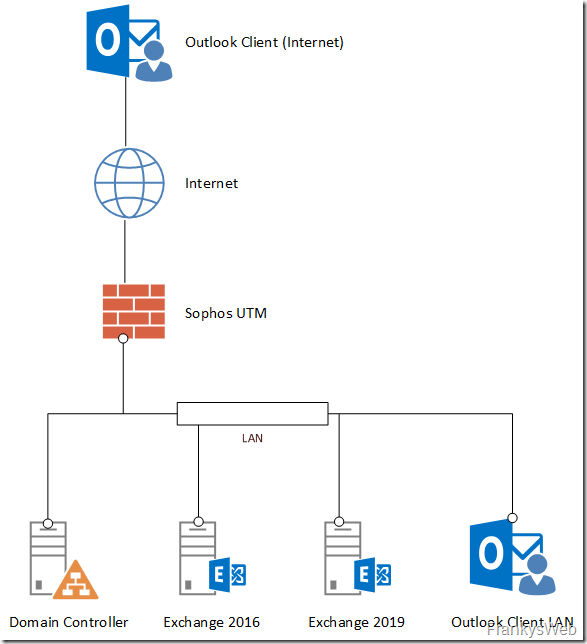

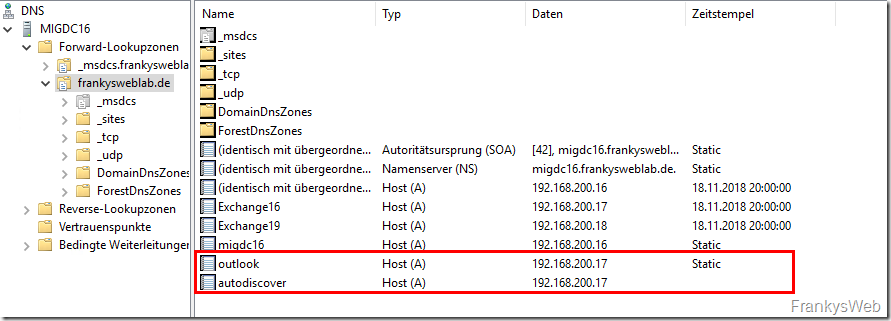
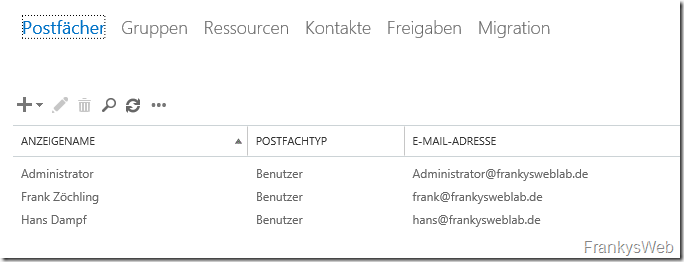
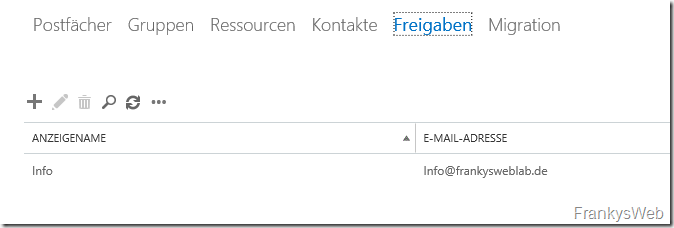
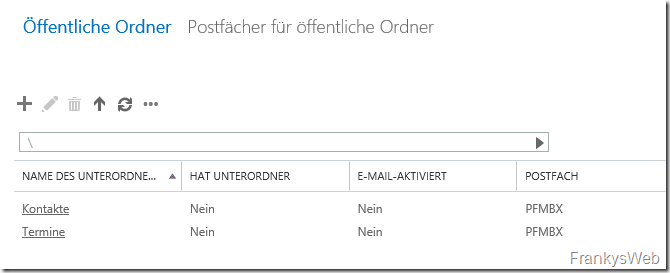
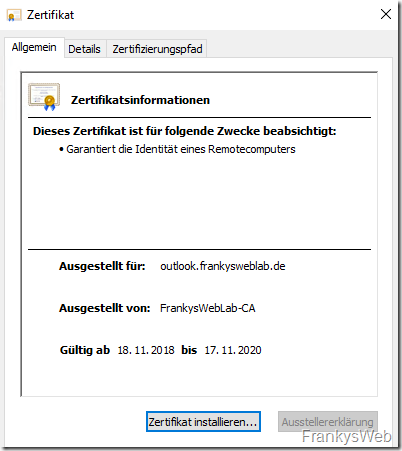
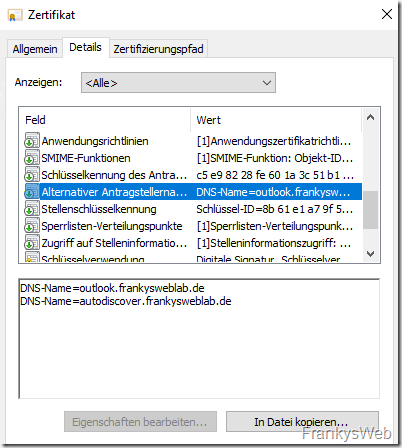
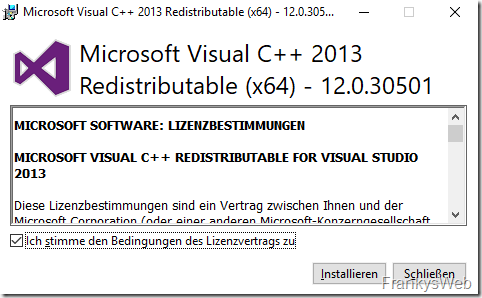
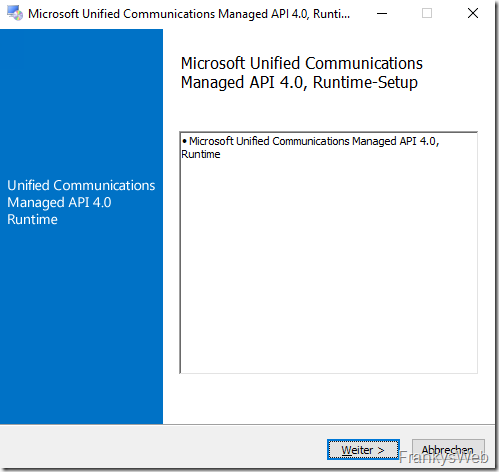

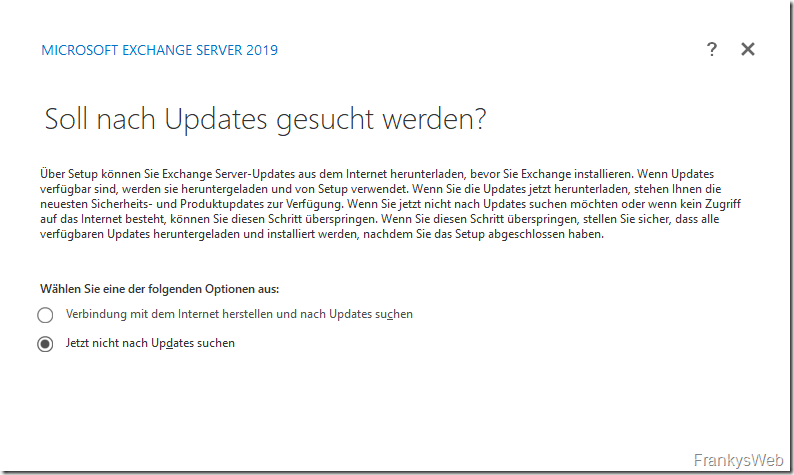
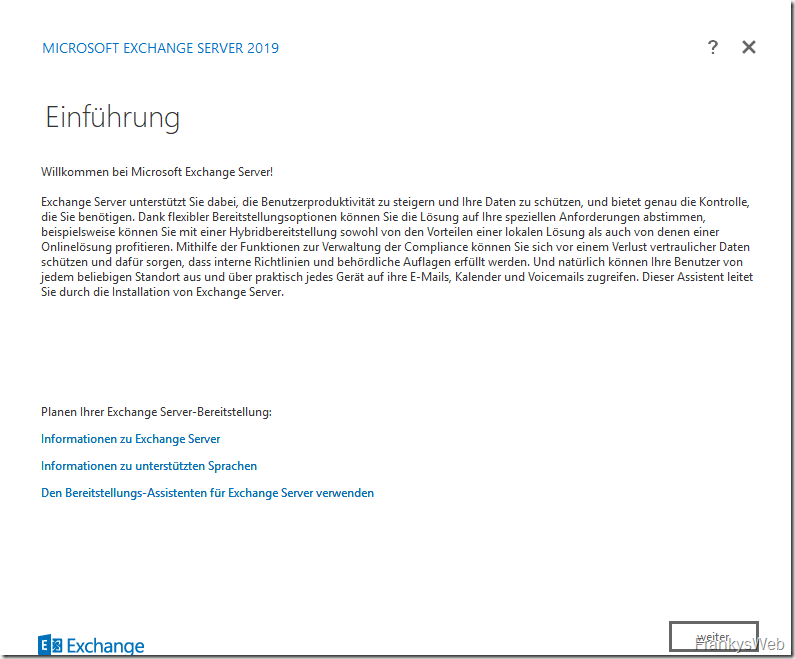
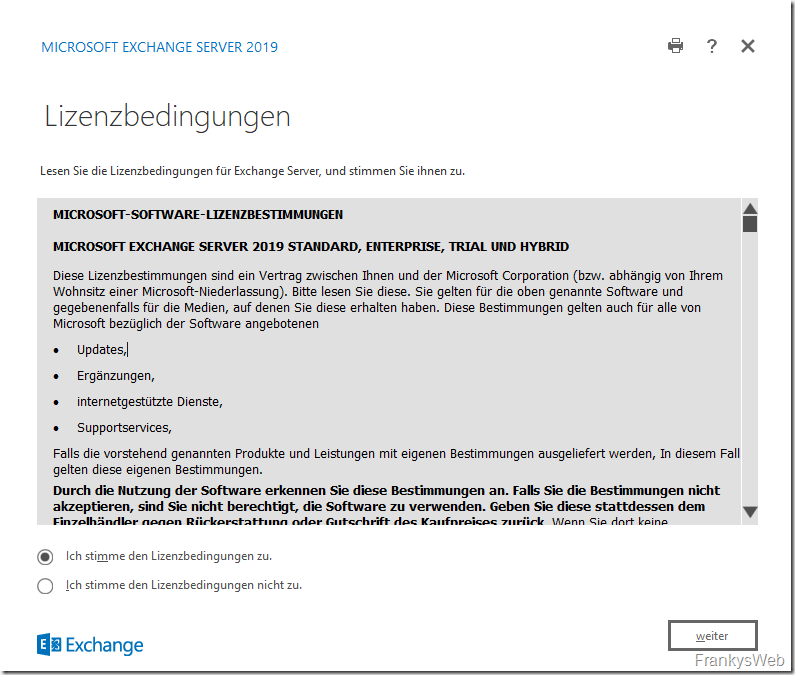
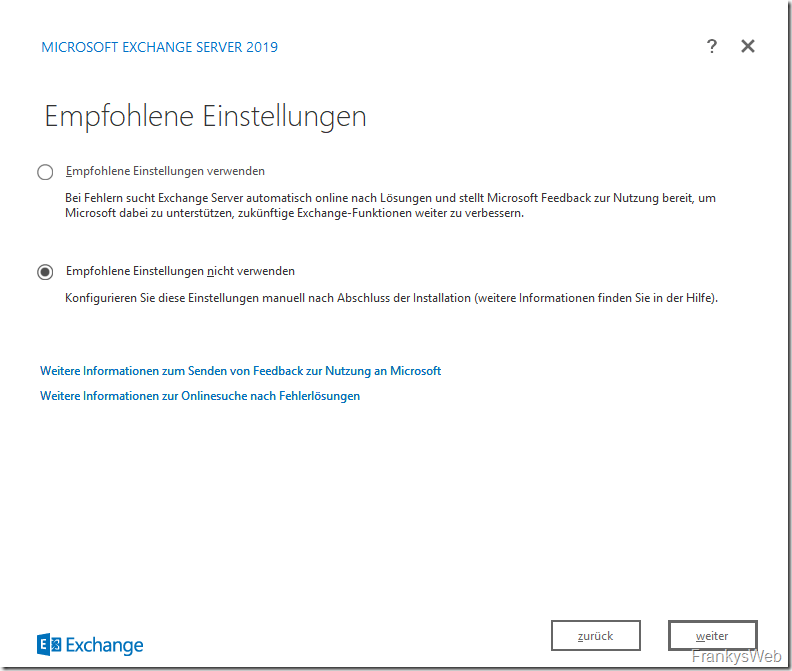
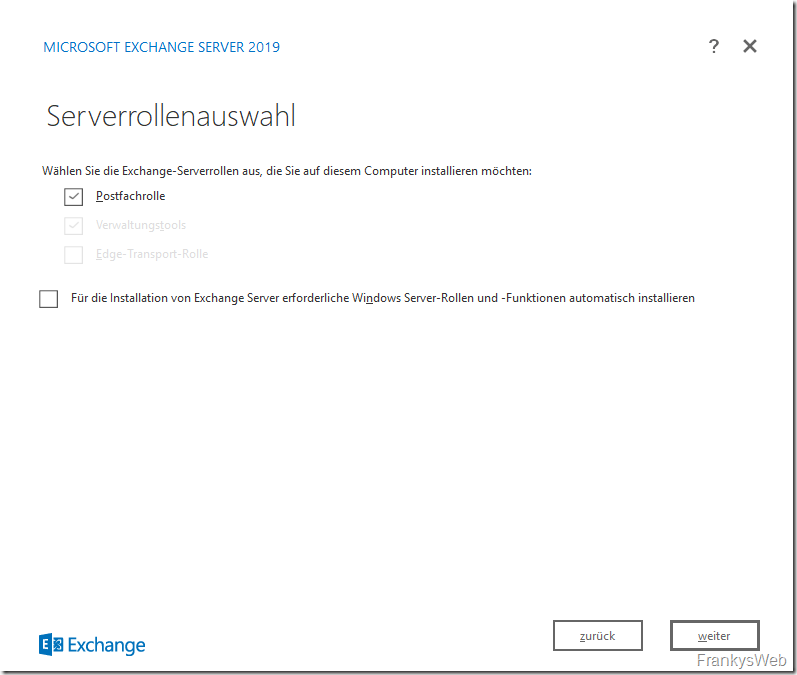
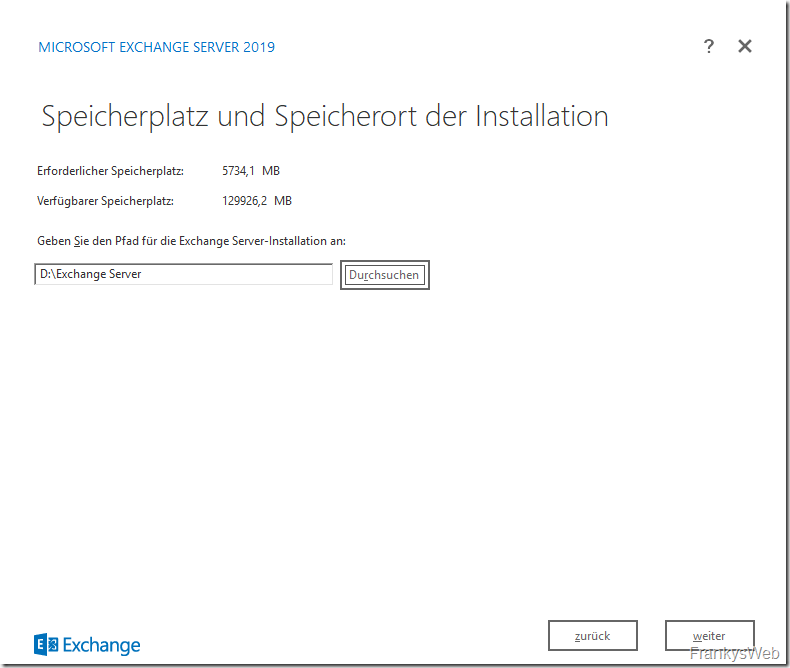
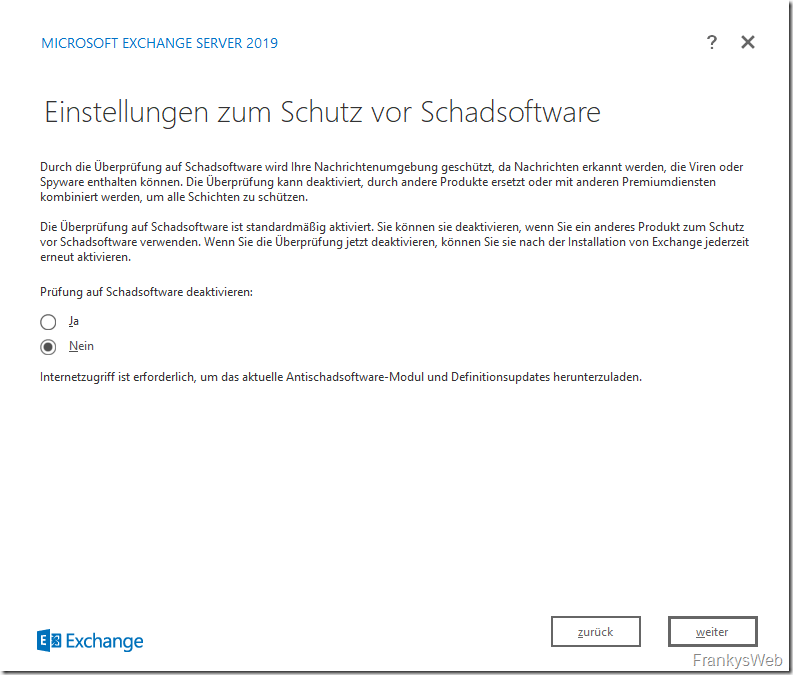
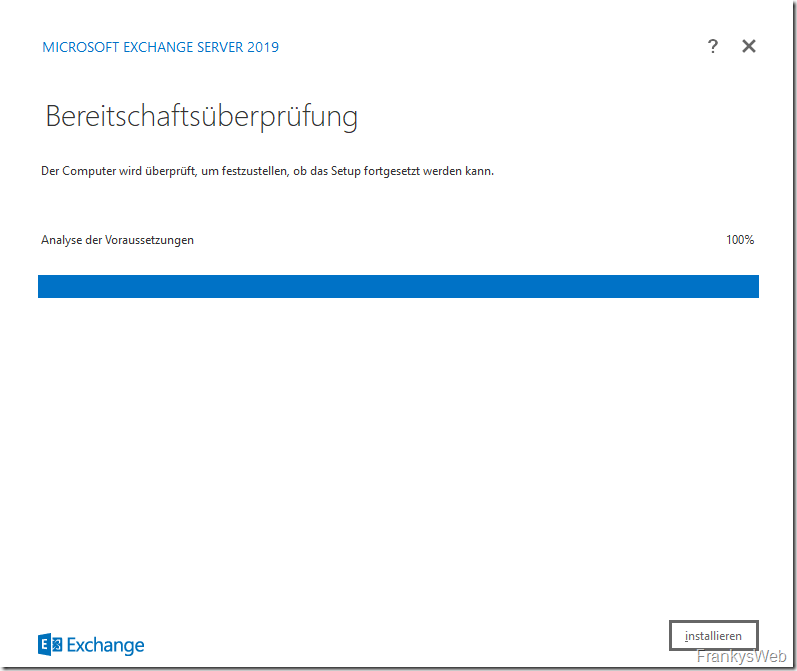
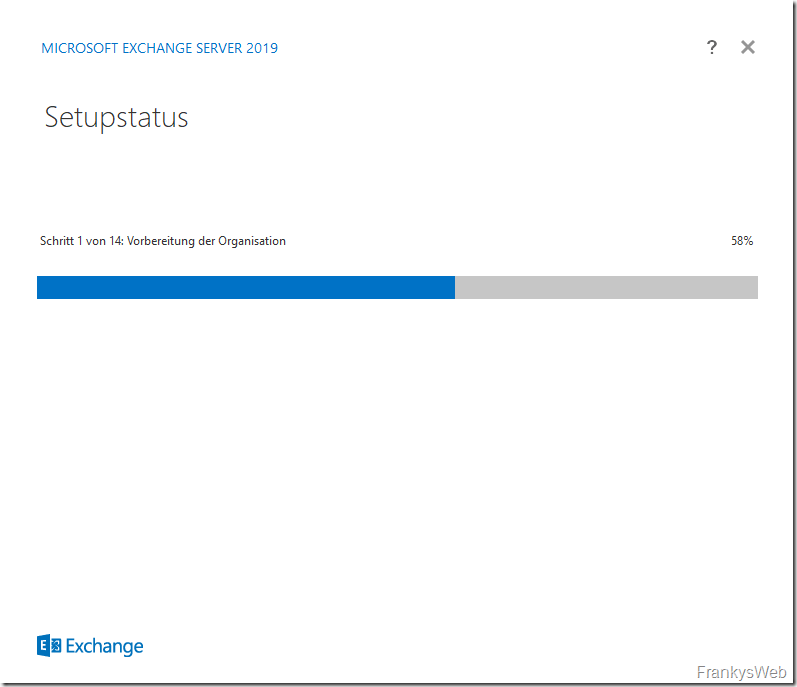
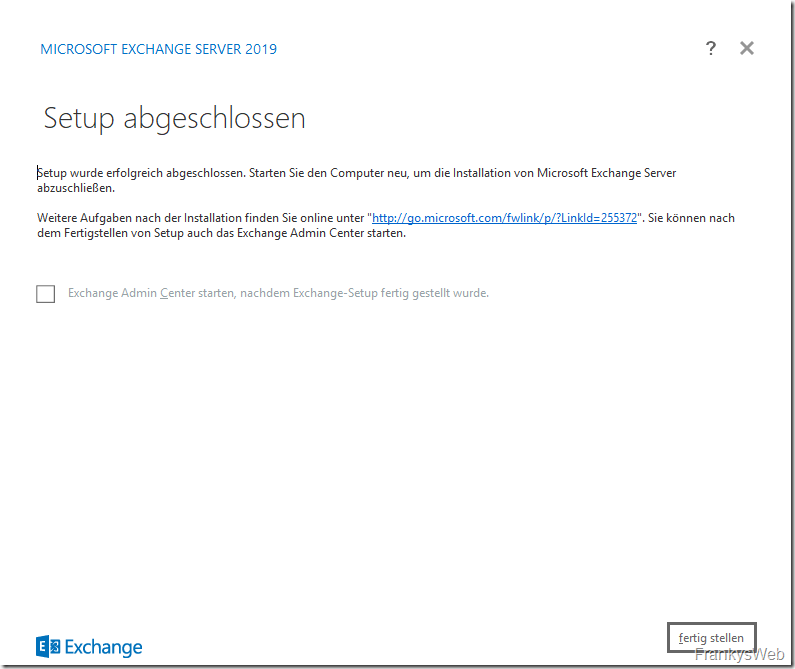
Hallo Frank,
zunächst vielen Dank für das Teilen deines Wissens!
Gibt es etwas zu beachten, wenn der neue Exchange 2019 im Tier Model installiert wird?
Grüße, Marco
Kann ich die Anleitung nutzen, wo Exchange 2016 auf einem 2012 R2 Windows Server Installiert ist und ich möchte Sie auf einem Windows Server 2022 in Exchange 2019 umziehen? :D
Hallo Frank,
vielen Dank für deine ausführliche Beschreibung, allerdings ist inzwischen bei der Installation eine weitere Voraussetzung im Vorfeld zu erfüllen. Im Readiness Check wird das IIS URL rewrite module als Error angezeigt, wenn es nicht im Vorfeld installiert wird.
Gruß Tim
Ich hätte da noch eine Frage bzgl. Exchange Organisation.
Nach dem Screenshot „Speicherplatz und Speicherort der Installation“ werde ich zur Eingabe des „Namens der Exchange Organisation“ aufgefordert. Muss ich da denselben Namen wie auf dem Exchange 2016 verwenden, kann ich einen Neuen wählen, oder hätte dieser erkannt werden sollen und mit meiner Konfiguration stimmt etwas nicht?
Vielen Dank!
Tom
gewohnt toller und ausführlicher beitrag, vielen dank dafür.
ich vermisse die vorgenommen parititonierung deines labs bzw. deiner umgebung.
in der exchange 2016 serie hast du eine empfehlung zur aufteilung von Win-System, Exchange-Installation, Datenbanken und Logfiles ausgesprochen.
hat sich bei 2019 etwas geändert oder kann die aufteilung übernommen werden?
nutzt du für die DB- und Log-Partitionen mittlerweile ReFS als Dateisystem?
Danke für die Info.
Grüße
Phil
Tolle Anleitung! TOP!
Danke!
LG
Gerd
Hallo Zusammen, hallo Frank,
Besteht eine Chance, Postfächer eines Exchange 2013 CU2 (ja, nicht hetzten, mir sind mehrfach nach dem einspielen der CU der Exchange verreckt, dass nur noch ein Einspielen des Abbildes geholfen hat, also noch CU2 und Basta…) in den Exchange 2019 zu migrieren? Welche Fußangeln sind bekannt?
Liebe Grüße, und Danke vorab
Oliver
Hallo,
mit der Anleitung habe ich den Exchange 2019 installiert. Es gab auch keinerlei Probleme bei der Installation. Der Exchange 2019 taucht auch im Admin-Center auf. Allerdings bekomme ich weder OWA noch ECP auf dem Exchange 2019 geöffnet. Alle Exchange-Dienste laufen auf dem 2019. Allerdings scheint etwas mit dem IIS nicht zu klappen, folgende Fehlermeldung sehe ich im Ereignislog:
Fehler 19.03.2019 09:18:39 Application Error 1000 (100)
Name der fehlerhaften Anwendung: w3wp.exe, Version: 10.0.17763.1, Zeitstempel: 0xcfdb13d8
Name des fehlerhaften Moduls: ntdll.dll, Version: 10.0.17763.348, Zeitstempel: 0xca65c822
Ausnahmecode: 0xc0000409
Fehleroffset: 0x000000000008fb3f
ID des fehlerhaften Prozesses: 0x1534
Startzeit der fehlerhaften Anwendung: 0x01d4de2c5950d15f
Pfad der fehlerhaften Anwendung: c:\windows\system32\inetsrv\w3wp.exe
Pfad des fehlerhaften Moduls: C:\Windows\SYSTEM32\ntdll.dll
Berichtskennung: ee7c4603-7a11-48ca-8268-0204527ad592
Hat jemand eine Idee oder ähnliche Erfahrungen gemacht? Im Netz findet man zu dem Fehler im Zusammenhang mit Exchange 2019 leider sehr wenig.
Viele Grüße
Fabian
Kleine Ergänzung: Die Fehlermeldung im IE lautet „HTTP 500 Interner Serverfehler“.
Prüfe die Zertifikate im IIS auf dem Exchange Server Bitte beide Sites unter Bindungen prüfen.
Bei der Default Web Site sind bei beiden https Bindungen mein Exchange Cert von Lets Encrypt. Im Backend ist das selbstsignierte vom Exchange.
habe heute versucht das AD einer Exchange 2016 CU8Organization mit den Setup Prepare Befehlen für die Aufnahme von Exchange 2019 vorzubereiten.
Setup Prepare Schema läuft noch durch aber Setup Prepare AD bricht bricht mit diversen Fehlermeldungen jedesmal ab. ADDomain und ADForest functional level
sind Windows Server 2008 R2, die DC sind Windows Server 2012 und haben die FISMO Rollen. Zeit für Replikation war ausreichend.
Fehlermeldung sind nich aussagekräftig, außer einem ADAccess Fehler im Windows Event Log. Firewall sind aus, IPV6 läuft.
Hallo Bernd,
Exchange 2019 erfordert DFL und FFL auf Windows Server 2012 R2:
https://docs.microsoft.com/de-de/exchange/plan-and-deploy/system-requirements?view=exchserver-2019
Gruß,
Frank
Hallo Frank,
Kommando zuück. es ist W2k12 R2 Level. Aber es existiert eine hybride Bereitstellung für Office 365!Der Office 3635 Mandant soll auf eine kompatible Exchange Version aktualisiert werde …..
Falls übrigens je einer Probleme hat mit dem Outlook 2013 darauf zu zugreifen liegt es daran, dass TLS1.2 auf dem Client nicht aktiviert ist. Ich habe das per GPO in die Registry der Clients gesetzt, danach gehts.
Viel Spass
Hallo,
beim Installieren Exchange 2016 CU11 auf einen Windows 2019 Std. Server habe ich folgende Fehlermeldung bekommen:
Fehler:
Der folgende Fehler wurde generiert, als „$error.Clear();
if (Get-Service MpsSvc* | ?{$_.Name -eq ‚MpsSvc‘})
{
Set-Service MpsSvc -StartupType Automatic
Start-SetupService -ServiceName MpsSvc
}
“ ausgeführt wurde: „Microsoft.PowerShell.Commands.ServiceCommandException: Der Dienst „Windows Defender Firewall (MpsSvc)“ kann aufgrund des folgenden Fehlers nicht konfiguriert werden: Zugriff verweigert —> System.ComponentModel.Win32Exception: Zugriff verweigert
— Ende der internen Ausnahmestapelüberwachung —„.
Kann mir hier jemand helfen?
Auch für dich:
Dazu sei gesagt wie man das macht, Zitat aus einem Microsoft Forum:
1. Use Regedit to rename key \HKLM\System\CurrentControlSet\Services\mpssvc\Security to Security.old
2. Restart
3. Run Exchange installation
4. Restart
5. Use Regedit to rename key \HKLM\System\CurrentControlSet\Services\mpssvc\Security.old back to Security
6. Restart
Hallo Ronika,
Exchange 2016 wird auf Windows Server 2019 nicht unterstützt. Ich empfehle daher dringend Windows Server 2016 als Betriebssystem für Exchange 2016 zu nutzen.
Gruß,
Frank
Nachtrag:
Habe es geschafft. Der Security Reg Key der Windows Firewall muss geändert werden. Schon übel…
Dazu sei gesagt wie man das macht, Zitat aus einem Microsoft Forum:
1. Use Regedit to rename key \HKLM\System\CurrentControlSet\Services\mpssvc\Security to Security.old
2. Restart
3. Run Exchange installation
4. Restart
5. Use Regedit to rename key \HKLM\System\CurrentControlSet\Services\mpssvc\Security.old back to Security
6. Restart
Hallo,
Ich versuche momentan verzweifelt einen Exchange 2016 CU11 auf einen Windows 2019 Std. Server zu installieren. Habe schon zig Installationen hinter mir, aber zum ersten Mal auf einen 2019er Server. Beim „Installationspunkt“ bekomme ich folgende Fehlermeldung:
Fehler:
Der folgende Fehler wurde generiert, als „$error.Clear();
if (Get-Service MpsSvc* | ?{$_.Name -eq ‚MpsSvc‘})
{
Set-Service MpsSvc -StartupType Automatic
Start-SetupService -ServiceName MpsSvc
}
“ ausgeführt wurde: „Microsoft.PowerShell.Commands.ServiceCommandException: Der Dienst „Windows Defender Firewall (MpsSvc)“ kann aufgrund des folgenden Fehlers nicht konfiguriert werden: Zugriff verweigert —> System.ComponentModel.Win32Exception: Zugriff verweigert
— Ende der internen Ausnahmestapelüberwachung —„.
Kann mir hier jemand weiterhelfen? Weiss nicht mehr weiter…
+1 :'(
Hi, die Anleitung ist sehr gut. Vielen Dank.
Hallo Martin,
Danke für die prompte Antwort.
Viele Grüsse,
Markus
Hallo Markus,
eine Exchange Migration findet immer über eine neue Maschine statt, danach migrieren der Postfächer
Viele Grüße
Martin
Hallo Frank,
Als blutiger Neuling in Sachen Exchange fasse ich meinen ganzen Mut zusammen und stelle hier diese Frage:
Ich betreibe einen Server 2016 mit Exchange 2016 (dank Deinen Posts erfolgreich DANKE) und möchte auf Server 2019 und Exchange 2019 wechseln. Ist dieser Wechsel NUR über das Aufsetzen einer neuen Maschine möglich? Also ich kann nicht zuerst meinen bestehenden Server auf Version 2019 heben und danach den bestehenden Exchange 2016 direkt auf Version 2019 upgraden?
Danke und Gruss,
Markus
Kann mir jemand einen link zum Exchange 2019 senden, ich kann da nix finden
Hallo Fabien,
du kannst Exchange 2019 im VLSC, Action Pack oder Visual Studio Portal runterladen. Eine öffentlich runterladbare Testversion gibt es nicht.
Gruß,
Frank
Danke, heute konnten wir es endlich runterladen, gestern war noch nix da.
@Sebastian: Server 2019 Abbilder sind mit dem Zeitstempel vom 13.11.2018 online (zumindest im VLSC)
Da habe ich doch eine Frage, ist es nicht zwingend erforderlich vorab zu prüfen, das EX2013 bzw. EX2016 auf TLS 1.2 umgestellt sind, weil EX2019 nur noch TLS 1.2 unterstützt?
Und eine zweite Frage am Rande, wir finden weiterhin keine Windows Server 2019 im MS Download Bereich, geht euch das auch so?